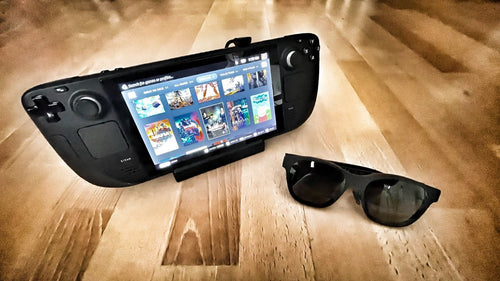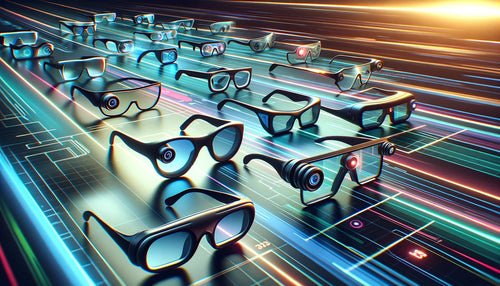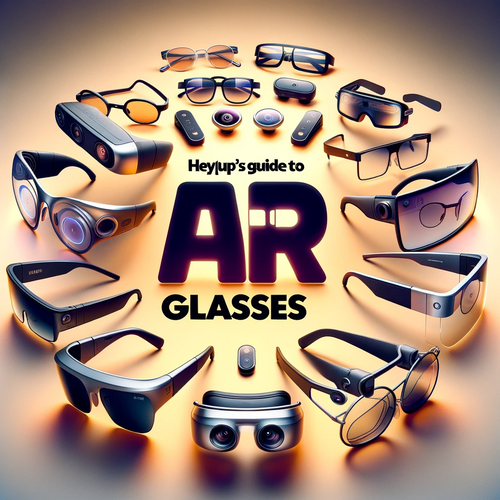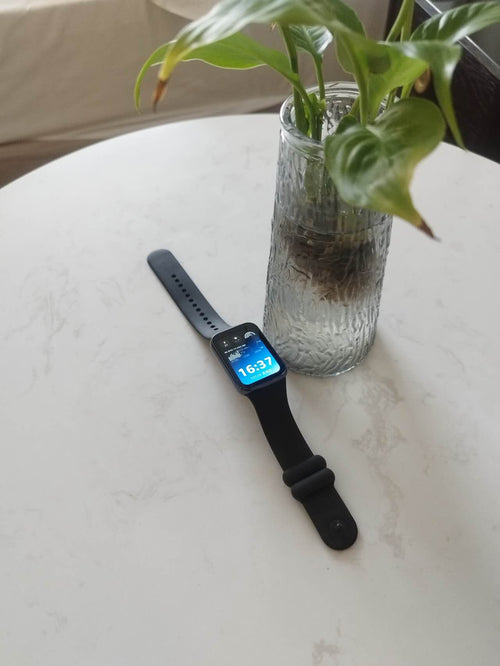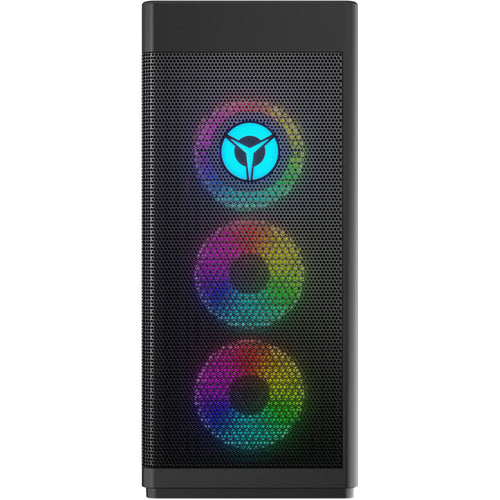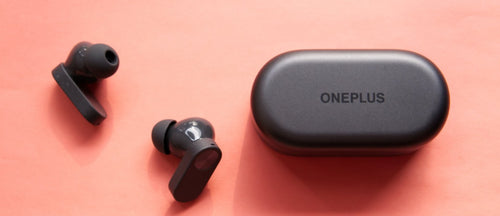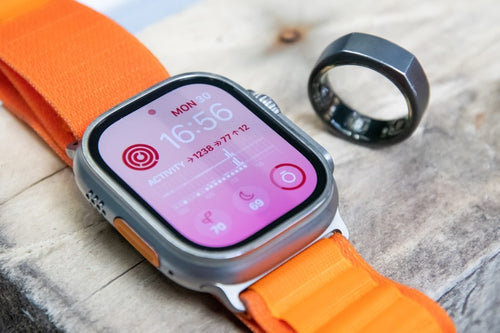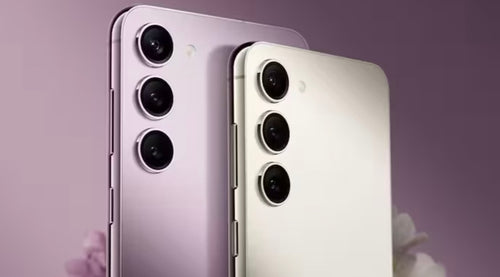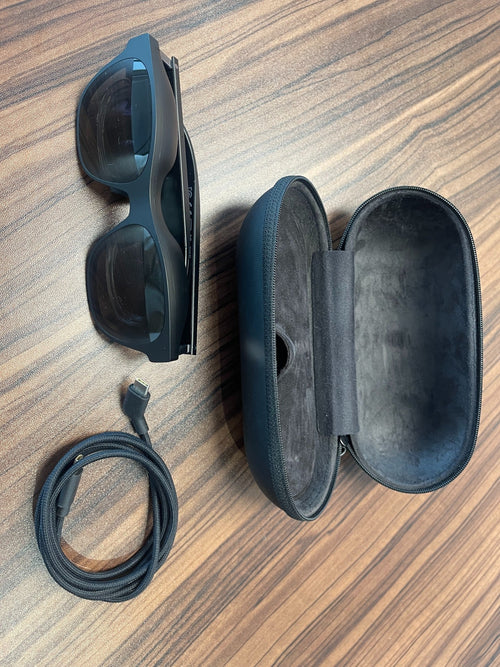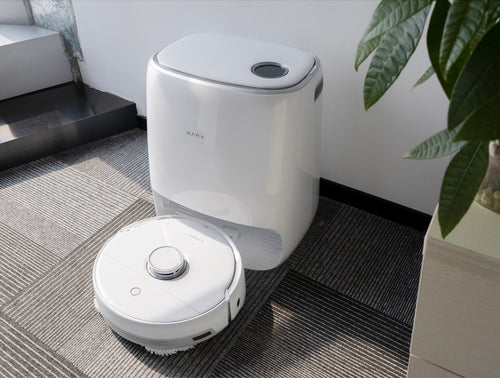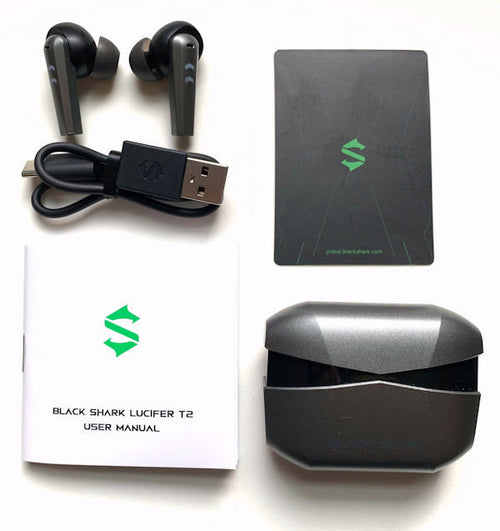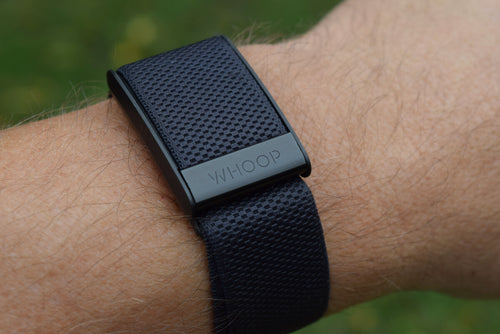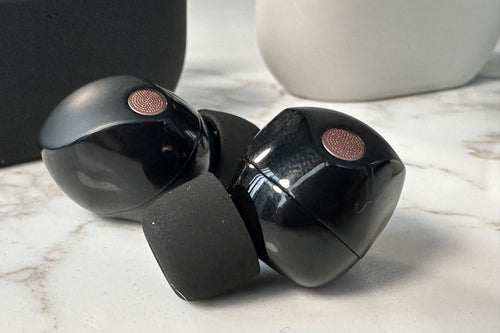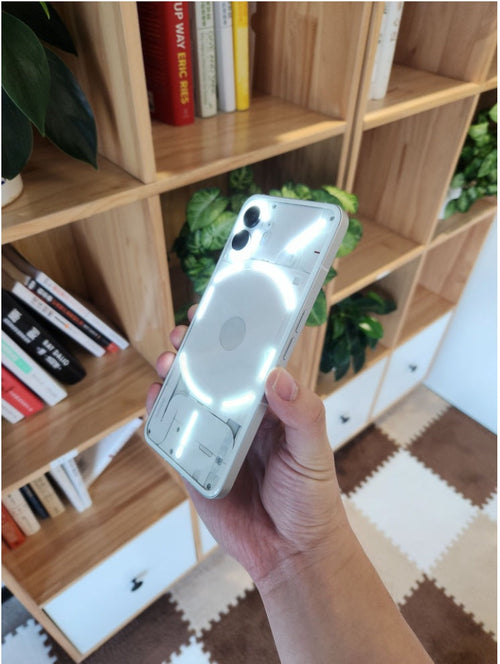Here’s what you need to know about Apple Vision Pro vs AR in 2024
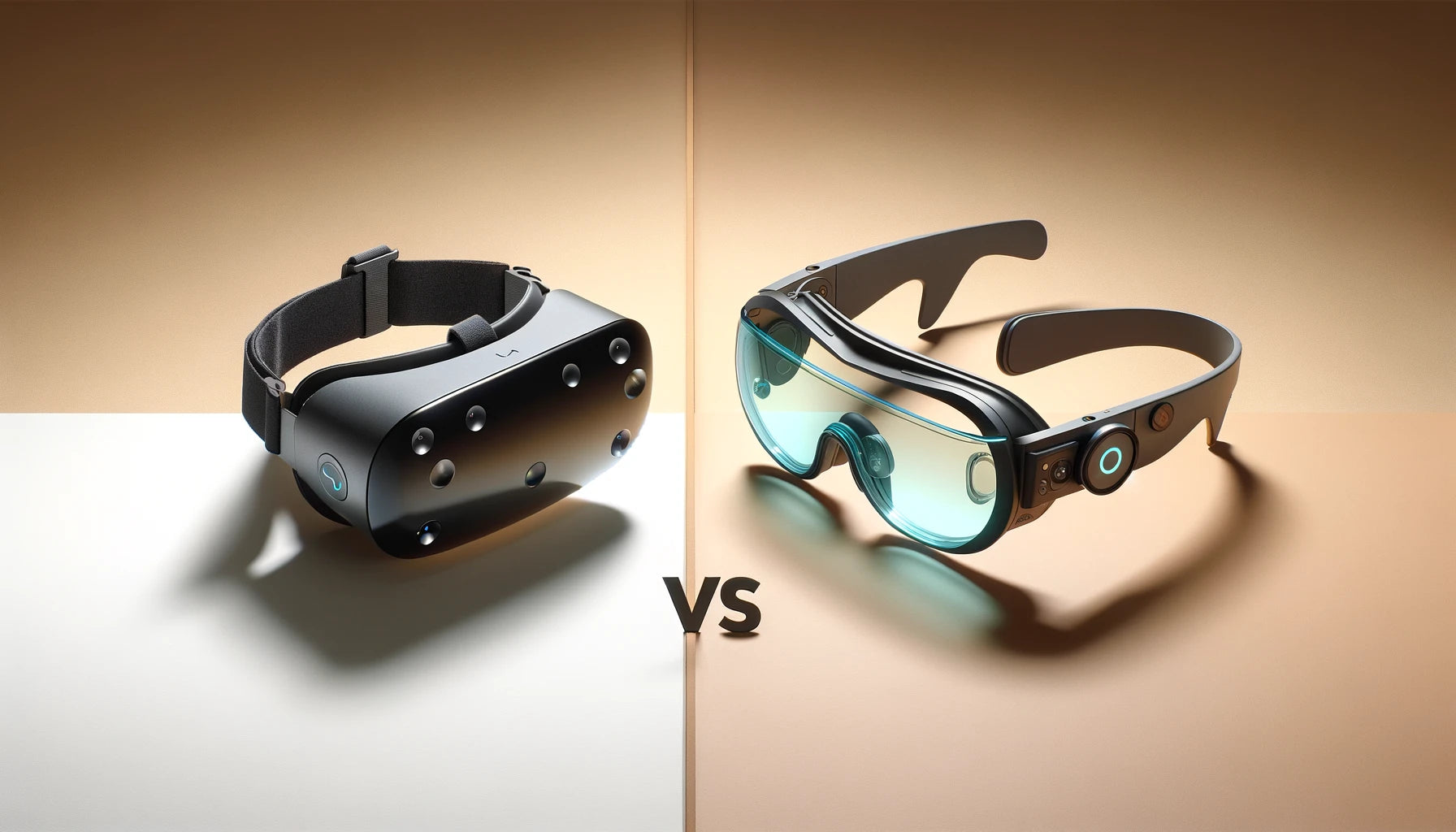
In a world where the buzz around Augmented Reality (AR) and Virtual Reality (VR) is louder than ever, distinguishing between the two can feel like unraveling a high-tech enigma. With brand names like Apple's Vision Pro dominating VR discussions and AR devices from Xreal and TCL Rayneo as well as many others creating waves, it's natural to find oneself at a crossroads, puzzled over which path to take.
This confusion is further compounded when questions arise such as which technology offers the best bang for your buck? Or is AR or VR better for gaming? Etc. This article endeavors to shed light on all this and more, aiming to equip you with the knowledge needed to navigate the AR and VR landscape with confidence in 2024 and understand the difference between AR and VR. Let's jump in.
What’s the difference between AR and VR?
Before delving into the nuanced differences between AR and VR, let's establish a foundational understanding of what these technologies represent. Virtual Reality (VR) transports you into a completely digital realm, providing an immersive escape from the real world. Imagine donning a headset like the Meta Quest 2 or the Valve Index and being whisked away to distant galaxies or historical sites—all from the comfort of your living room. The upcoming Apple Vision Pro is poised to elevate this experience, offering a dive into virtual worlds that's as seamless as it is captivating.
Conversely, Augmented Reality (AR) enhances your actual surroundings by overlaying digital information onto the real world. Through devices such as the INMO Air 2 or innovative AR glasses from brands like TCL Rayneo, you can see directions, translate text instantly, or visualize how a new couch would look in your living room—all in real-time. AR melds the digital with the physical, enhancing your reality with a layer of digital insight.
The Price difference between AR and VR
Choosing between AR and VR technologies also means navigating their costs—a crucial factor for many. So what is the price difference between AR and VR? With the Apple Vision Pro priced at $3,499, it stands as a premium option, reflecting its immersive capabilities. However, its high cost might deter average consumers, highlighting the financial considerations of VR investments.
On the other side, the upcoming Xreal Air 2 Ultra, reportedly priced at $699, represents a mid-range option in the AR market, offering advanced features without reaching the high price point of premium VR devices like the Vision Pro. This price positioning illustrates the broader range of AR devices available, catering to various budgets and requirements:
- Entry-Level AR Glasses: Starting from around $100 to $300, these glasses offer basic functionality and are suited for consumers exploring AR's potential without a significant investment.
- Mid-Range AR Glasses: Priced between $300 to $800, mid-range glasses balance affordability with improved performance, offering better displays and processing power for a wider range of applications.
- High-End AR Glasses: These glasses feature the latest technology with prices ranging from $800 to several thousand dollars, aimed at professionals and enthusiasts seeking unparalleled AR experiences.
Is the Apple Vision Pro AR or VR?
The Apple Vision Pro, while it offers features reminiscent of both AR and VR, leans more heavily towards the VR side of the spectrum. It's designed to offer an immersive experience that's akin to entering a completely virtual environment, setting it apart as a primarily VR device despite its augmented reality capabilities. This focus on VR is evident in its ability to transport users away from their physical surroundings into a digital realm, offering a level of immersion that's hard to match.
However, this immersion doesn't come without its drawbacks. The extensive VR capabilities of the Vision Pro, while impressive, raise questions about the device's practicality for daily use. For instance, its immersive nature might limit situational awareness, making it less ideal for use in environments where interaction with the real world is necessary. Additionally, the cost ($3499 ) associated with such cutting-edge technology can be a significant barrier for the average consumer, positioning the Vision Pro as a luxury item rather than an accessible tool for everyday use.
In essence, the Apple Vision Pro represents a sophisticated step forward in VR technology, coupled with a nod towards AR capabilities. However, its emphasis on virtual reality comes with considerations of cost, practicality, and the balance between digital immersion and real-world presence. As technology advances, the Vision Pro and devices like it will continue to challenge our perceptions of digital interaction, pushing the boundaries of what's possible in virtual and augmented experiences.
How is AR different from VR?
AR shines in its ability to integrate seamlessly into daily life, providing functional benefits that range from GPS navigation overlaid directly in your field of vision to real-time text translation. Imagine repairing a complex device with schematics floating in your view or redesigning your living space with virtual furniture.
AR's potential extends to pinning apps in your physical environment, taking instant photos or videos with voice commands, and even conducting Google searches based on what you see. These functionalities position AR as a superior choice for practical, everyday use over traditional smartphone or VR applications.
The best AR Glasses money can buy in 2024
When it comes to AR, there’s plenty of options all based around different use cases. The list below is by no means exhaustive, but In our opinion these are the best AR Glasses you can buy in 2024. The INMO Air 2, Xreal Air, and Rokid Max emerge are affordable, cutting-edge, practical options, blending innovative features with affordability.
- INMO Air 2: Marking a significant leap from its predecessor, the INMO Air 2 integrates advanced features like the INMO GPT language model for voice-activated commands and SLAM spatial positioning, promising an enriched AR experience at a fraction of the Vision Pro's cost. Its imminent Kickstarter launch signals exciting advancements in AR tech that's within reach for the average consumer.
- Xreal Air: With its sleek design and plug-and-play simplicity, Xreal Air offers a unique AR experience by projecting a virtual large-screen display. Though its AR functionality may be limited compared to fully immersive devices, its design and internal speakers offer a novel way to enjoy media, making it a viable option for those seeking a middle ground between immersive VR and practical AR.
- Rokid Max: Lightweight and equipped with "bird bath optics," Rokid Max promises comfort and immersive visuals akin to a 215-inch screen viewed from 20 feet. Its compatibility with a range of devices further accentuates its appeal as a versatile tool for entertainment and gaming, albeit tethered to a power source.
Want to try out some of the best tech for free?
If all this talk of AR Glasses has got your tech juices boiling then you're in the right place. Here at Heyup we pride ourselves on identifying the best tech and releasing it to our community to try out and test so we can all benefit from the insights. If free tech sounds like something you'd be interested in (not sure who wouldn't be interested) then head over to our Tryouts and community page and sign up to put yourself in poll position for any future releases on Heyup.
